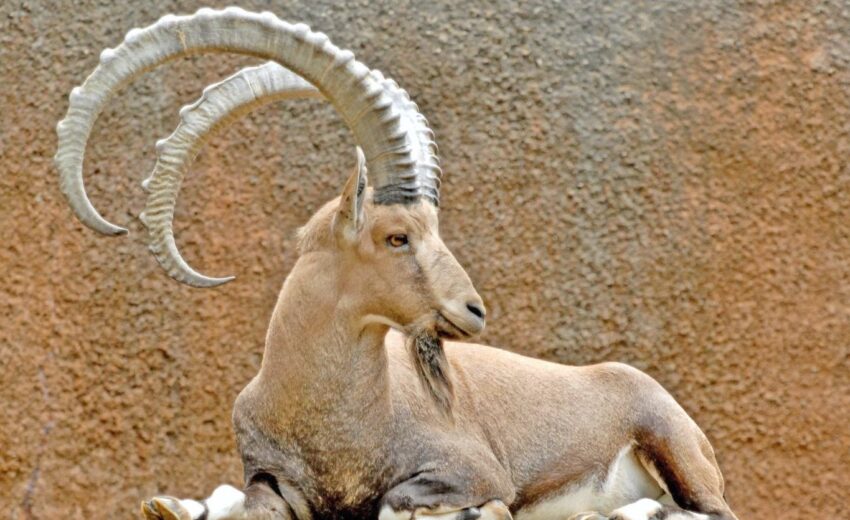The nubian ibex is just one of 5 subspecies. This particular ibex is the only one adapted to the hot and dry regions of Africa and Saudi Arabia. They prefer higher elevations;
- Zoology
- Daily Critter Facts
- For Teachers
- Study Guides
- Diseases & Parasites
- Contact

